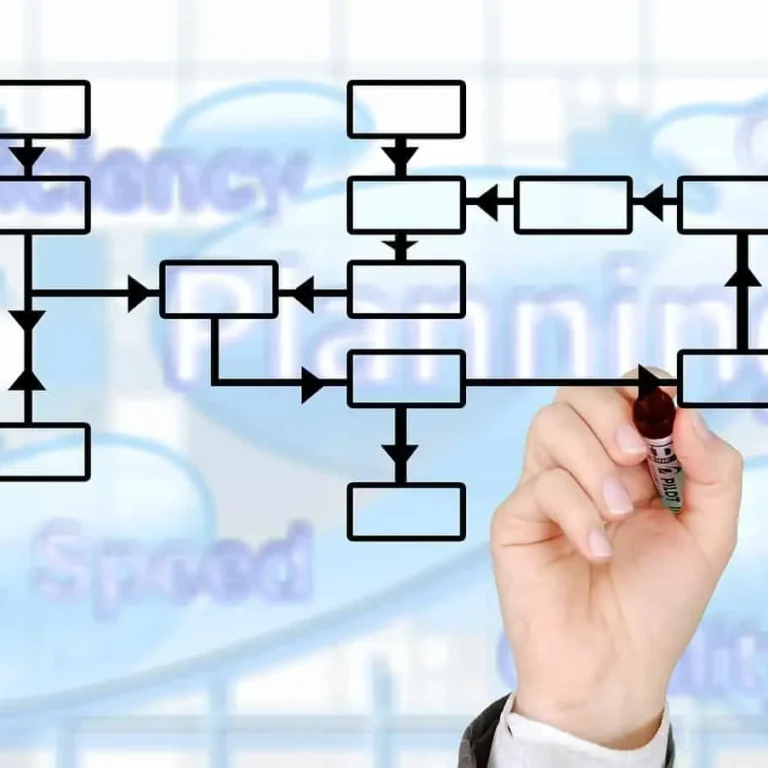Horizontal integration
Horizontal integration refers to a business strategy where a company expands its operations into related industries or sectors, aiming to enhance its market presence and competitiveness. Unlike vertical integration which involves controlling different stages of the supply chain, horizontal integration involves merging with or acquiring companies that are engaged in similar or complementary lines of business.

This strategic approach enables companies to gain economies of scale, reduce competition, and increase their market share. By pooling resources, sharing expertise, and consolidating market power, companies engaging in horizontal integration can streamline operations, improve efficiency, and potentially offer a broader range of products or services to their customers.
However, this strategy also presents challenges related to managing diverse operations, maintaining brand consistency, and avoiding antitrust concerns.
What is horizontal integration
Horizontal integration is a business strategy where a company expands by acquiring or merging with other firms operating in the same or closely related industries. Unlike vertical integration, which involves controlling different stages of production, horizontal integration focuses on diversifying a company’s offerings or market reach.
This approach aims to boost market share, minimize competition, and capitalize on synergies between similar businesses. By combining resources, knowledge, and customer bases, companies can streamline operations, cut costs, and potentially offer a wider range of products/services.
However, managing diverse operations and preventing monopolistic behavior are challenges that can arise with this strategy.
Horizontal integration definition
Horizontal integration is a business strategy where a company acquires or merges with other firms operating in the same or related industries. It aims to expand market presence, reduce competition, and realize synergies by combining resources and expertise within similar businesses.
Horizontal integration vs Vertical integration
Horizontal integration involves a company expanding by acquiring or merging with similar or related businesses. Vertical integration involves controlling different stages of the supply chain, from production to distribution. Horizontal integration aims to expand market reach, while vertical integration focuses on streamlining processes and reducing dependency on external suppliers.
| Aspect | Horizontal Integration | Vertical Integration |
|---|---|---|
| Definition | Expanding by acquiring or merging similar or related businesses. | Controlling various stages of the supply chain, from production to distribution. |
| Focus | Expanding market reach and reducing competition. | Streamlining processes and reducing reliance on external suppliers. |
| Strategy | Diversification of product offerings and market presence. | Increased control over production, quality, and distribution. |
| Synergies | Combining resources and expertise of similar businesses. | Optimizing efficiency, coordination, and cost savings along the supply chain. |
| Examples | A software company acquiring a similar software company. | An automobile manufacturer owning its own steel production plant – Backward integration |
| Benefits | Increased market share, economies of scale, reduced competition. | Enhanced quality control, reduced supply chain dependencies. |
| Challenges | Managing diverse operations, potential antitrust concerns. | High initial investment, complex supply chain management. |
Horizontal integration example
A prominent example of horizontal integration is the acquisition of Instagram by Facebook in 2012. Facebook, a social media giant, purchased Instagram, a popular photo-sharing platform. This move allowed Facebook to expand its user base, enhance its mobile app capabilities, and tap into Instagram’s unique features.
By bringing together these two platforms with similar target audiences, Facebook not only increased its market reach but also strategically eliminated a potential competitor. This acquisition showcased how horizontal integration can foster synergy between complementary services and bolster a company’s competitive edge in the digital realm.
Advantages of horizontal integration
Economies of Scale:
Combining resources and operations from merged companies often leads to cost savings through bulk purchasing, shared infrastructure, and streamlined processes.
Market Power:
Horizontal integration expands a company’s market presence, allowing it to negotiate better terms with suppliers and gain stronger bargaining power.
Reduced Competition:
Merging with or acquiring competitors can reduce competition, enabling the company to control a larger share of the market and potentially raise prices.
Synergies:
Similar businesses can capitalize on shared expertise, technologies, and customer bases, leading to innovation and improved products or services.
Risk Diversification:
A diversified portfolio of related businesses can help mitigate risks associated with fluctuations in one particular industry.
Increased Profit Margins:
Improved efficiency and reduced competition can lead to higher profit margins and enhanced financial performance.
Cross-Marketing Opportunities:
Integrated businesses can cross-promote products or services to each other’s customer bases, boosting sales and engagement.
Strategic Entry:
Horizontal integration can be an effective way to enter new markets quickly and gain instant market share.
Brand Strengthening:
Acquiring reputable brands can enhance a company’s brand portfolio and customer trust.
Control Over Supply Chain:
Horizontal integration can provide greater control over the supply chain, from sourcing materials to distribution, ensuring consistency and quality.
Challenges of horizontal integration
Cultural Integration:
Merging companies with distinct cultures can lead to clashes, affecting employee morale and overall efficiency.
Coordination Complexity:
Managing a larger, diversified business portfolio requires intricate coordination of operations, resources, and strategies.
Antitrust Scrutiny:
Acquiring competitors may trigger antitrust investigations, delaying or even blocking integration plans.
Overlapping Functions:
Redundant roles and functions can emerge, resulting in inefficiencies and increased costs.
Quality Control:
Ensuring consistent product or service quality across merged entities can be demanding, impacting customer satisfaction.
Synergy Realization:
Expected synergies might not materialize as predicted, leading to financial setbacks and disappointment.
Market Saturation:
Expanding too extensively in a saturated market can yield limited growth opportunities and fierce competition.
Talent Retention:
Key employees may leave due to uncertainty during integration, causing a loss of crucial expertise.
Diversion of Focus:
Balancing multiple business lines may divert attention from core competencies and hinder strategic innovation.
Communication Challenges:
Effective communication throughout the integration process is essential, yet maintaining clear messaging can be difficult amid change and uncertainty.




